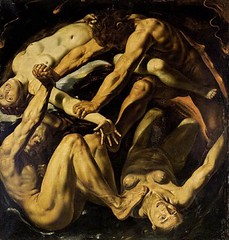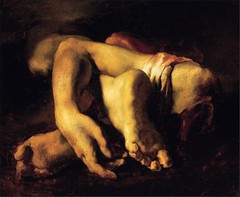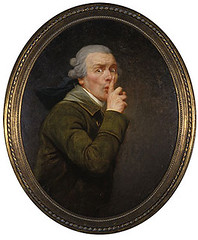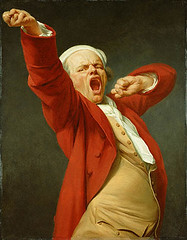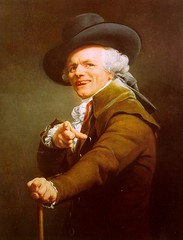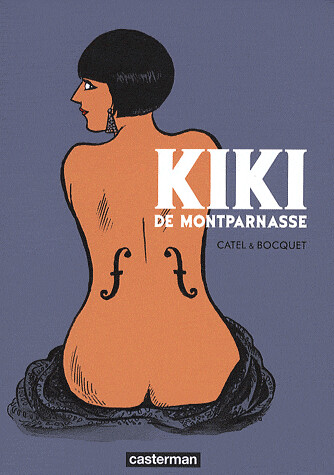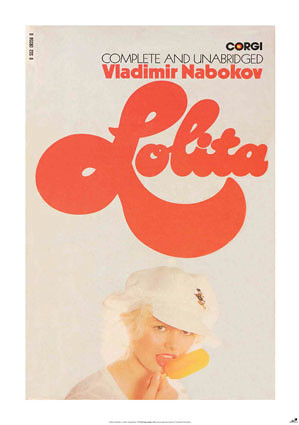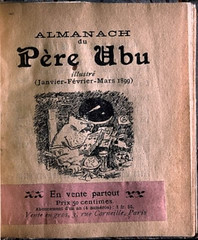Yearly Archives: 2009
Limbs
World Financial Center and the late 2000s recession
Introducing Joseph Ducreux (1735-1802)
Introducing Joseph Ducreux, yet another artist strongly motivated by physiognomy, that most maligned of sciences.
Joseph, baron Ducreux (1735–1802) was a French portrait painter whose early portraits include those done of the connoisseurs Pierre-Jean Mariette, the Comte de Caylus (Oeuvres badines et galantes du comte de Caylus) and Ange-Laurent de la Live de July.
Physiognomy (Gk. physis, nature and gnomon, judge, interpreter) is a theory based upon the idea that the assessment of the person’s outer appearance, primarily the face, may give insights into one’s character or personality.
Robinson Crusoe @290
Robinson Crusoe by Daniel Defoe was published on April 25, 1719.
Robinson Crusoe (1719) – Daniel Defoe
Image sourced here.
Robinson Crusoe is an English adventure novel by Daniel Defoe, first published in 1719 and sometimes regarded as the first novel in English. The book is a fictional autobiography of the title character, an English castaway who spends 28 years on a desert island. This device, presenting an account of supposedly factual events, is known as a “false document“, and gives a realistic frame story.
The term “Robinsonade” has been coined to describe the genre of stories similar to Robinson Crusoe.
If we surmise that Robinson Crusoe was the first piece of boy’s lit, the Anglophone world had to wait 21 more years for its first piece of chick lit which was arguably Pamela.
Strong and independent women: Kiki de Montparnasse
Erotic postcard by Julian Mandel (c. 1920), the model is Kiki de Montparnasse
I like the histories of strong and independent women. In France their have been Joan of Arc, George Sand, Colette and Kiki de Montparnasse, to name the most ringing names. The last two played a decisive role in 1920s Paris.
Kiki de Montparnasse by Catel Muller & José-Louis Bocquet
In 2007, Kiki’s life was celebrated in the biographical graphic novel, Kiki de Montparnasse by Catel Muller & José-Louis Bocquet. On its cover is Le violon d’Ingres[1], one of the works of art in the collective unconscious, which started its life in 1924 as gelatin silver print photograph by Man Ray portraying Alice Prin (aka Kiki de Montparnasse) in the pose of the Valpinçon Bather[2]. Man Ray photographically superimposed sound holes, or f holes, onto the photograph of the back of a female nude, making the woman’s body resemble that of a violin.
The grahic novel remains untranslated into English as of April 2009.
I was three years old when May 68 happened
burning Citroën DS during May 68 from here.
I was three years old when May 68 happened. May 68 was the direct precursor of the hippie movement here in Western Europe. Most of our teachers had been brought up in the “hippie” climate.
Yesterday E-L-I-S-E posted this burning Citroën DS (the photo is new to me and is unsourced at E-L-I-S-E). It brings me to repost one of my favorite quotes on art and politics.This is from one year before May 68.
The juvenile delinquents — not the pop artists — are the true inheritors of Dada. Instinctively grasping their exclusion from the whole of social life, they have denounced its products, ridiculed, degraded and destroyed them.
A smashed telephone, a burnt car, a terrorised cripple are the living denial of the ‘values’ in the name of which life is eliminated. Delinquent violence is a spontaneous overthrow of the abstract and contemplative role imposed on everyone, but the delinquents’ inability to grasp any possibility of really changing things once and for all forces them, like the Dadaists, to remain purely nihilistic.
They can neither understand nor find a coherent form for the direct participation in the reality they have discovered, for the intoxication and sense of purpose they feel, for the revolutionary values they embody. The Stockholm riots, the Hell’s Angels, the riots of Mods and Rockers — all are the assertion of the desire to play in a situation where it is totally impossible.
All reveal quite clearly the relationship between pure destructivity and the desire to play: the destruction of the game can only be avenged by destruction. Destructivity is the only passionate use to which one can put everything that remains irremediably separated. It is the only game the nihilist can play; the bloodbath of the 120 Days of Sodom proletarianised along with the rest. —Timothy Clark, Christopher Gray, Donald Nicholson-Smith & Charles Radcliffe in The Revolution of Modern Art and the Modern Art of Revolution (1967) via http://www.notbored.org/english.html
Nabokov @110
Nabokov @110
Corgi edition of Nabokov‘s Lolita
(notice “complete and unabridged,” meaning previously censored)
Delving more and more into the art of commemoration I find it strange that people also commemorate people’s deaths. To me the birthday is what counts. I always want to go to the source, not to the end. Just like in horoscopes, where I find it strange that it takes as basis the date of birth, rather than the date of conception.
I offer you the Corgi edition of Nabokov‘s Lolita, the novel he will always be best remembered for.
RIP Jack Cardiff (1914 – 2009)
RIP Jack Cardiff (1914 – 2009)
Jack Cardiff OBE, B.S.C. (18 September 1914 – 22 April 2009) was British cinematographer (Black Narcissus, A Matter Of Life And Death), director and photographer.
He was best known for his influential cinematography for directors such as Powell, Huston and Hitchcock.
[Youtube=http://www.youtube.com/watch?v=dEOwybriej4&]
The Girl on a Motorcycle (music by Les Reed)
Of importance to the Jahsonic canon is his film The Girl on a Motorcycle (1968) starring Marianne Faithfull and Alain Delon. The film is based on the story La Motocyclette by André Pieyre de Mandiargues[1], co-written by Cardiff himself, Ronald Duncan (The Rape of Lucretia) and Gillian Freeman (The Undergrowth of Literature).
A married woman leaves her husband, zooms off on her motorcycle to see her lover, and crashes to her death while indulging in sexual reverie, a motif –or variant thereof — also to be found in Ballard’s Crash.
The film isn’t all that great, I suspect, it’s just one of those films where the idea of the film, and its paratext, are more interesting than the film in itself.
L’Almanach du Père Ubu, illustré
L’Almanach du Père Ubu, illustré, image sourced here.
See: pataphysical calendar,’Pataphysics, absurdism, Père Ubu.




